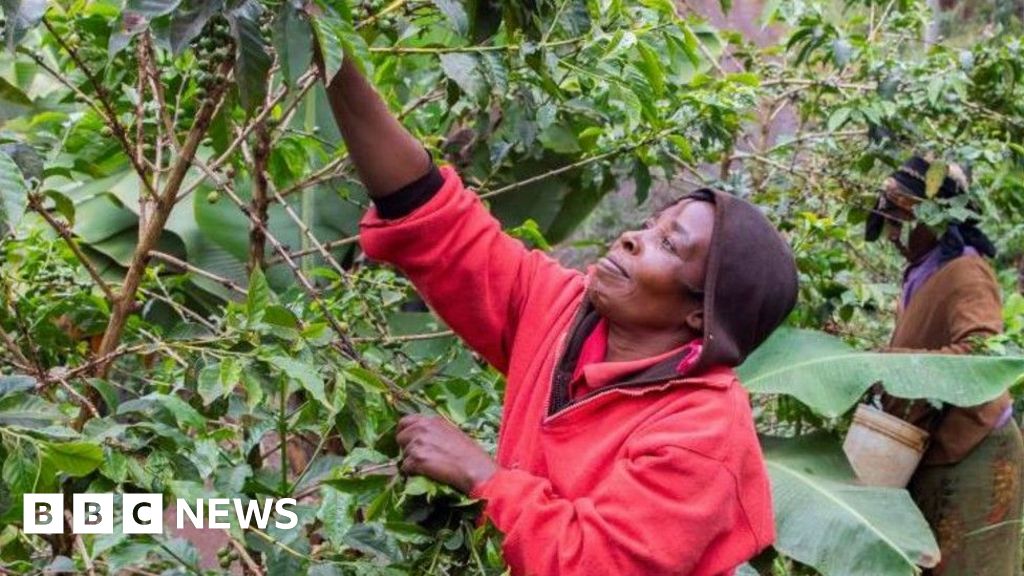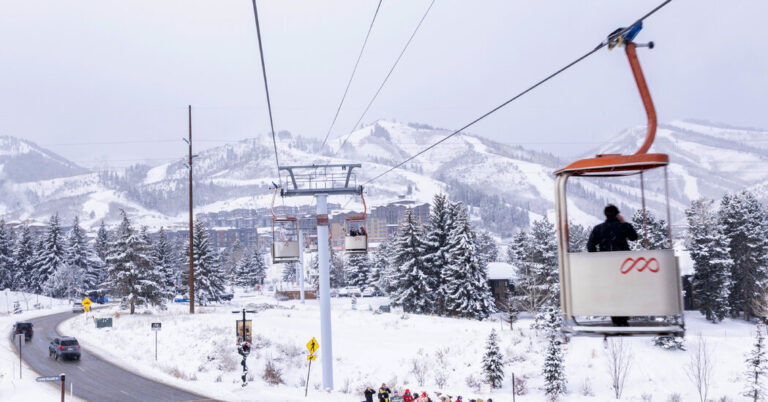Here is the text in plain form:
In the lush, volcanic highlands of Komothai in central Kenya, farmers like Simon Macharia produce coffee on small plantations scattered across the hillsides. Along with other farmers, Mr Macharia brings sacks of his bright red coffee cherries to the local processing plant, where they are weighed and treated.
A machine removes the red husks, and the pale beans inside are washed and passed along concrete channels, ending up on lines of drying platforms that sweep across the valley. Here, workers categorise the beans into grades, the highest destined for the coffee houses of Europe.
“We call coffee the black gold around here,” Mr Macharia, whose farm covers 2.5 hectares (six acres), told the BBC. He grows the Kenya AA coffee beans, which are prized worldwide for their high quality, full body, deep aromas and fruity flavour.
To produce a single cup of coffee can require up to 140 litres of water – including the water to grow the plants. But higher temperatures and changing rainfall patterns mean a decreasing water supply for coffee farmers in Kiambu County.
Farmers feel the trading system between Kenya and Europe – the world’s largest coffee market – has been stacked against them for many years. But now, a significant number of farmers are experimenting with climate adaptation techniques, such as planting trees to provide extra shade for the coffee plants.
However, coffee farmers like Mr Macharia are pessimistic about the industry’s future. “Right now, as things stand, I don’t think any parent wants their child here farming coffee,” he said.
Source link




